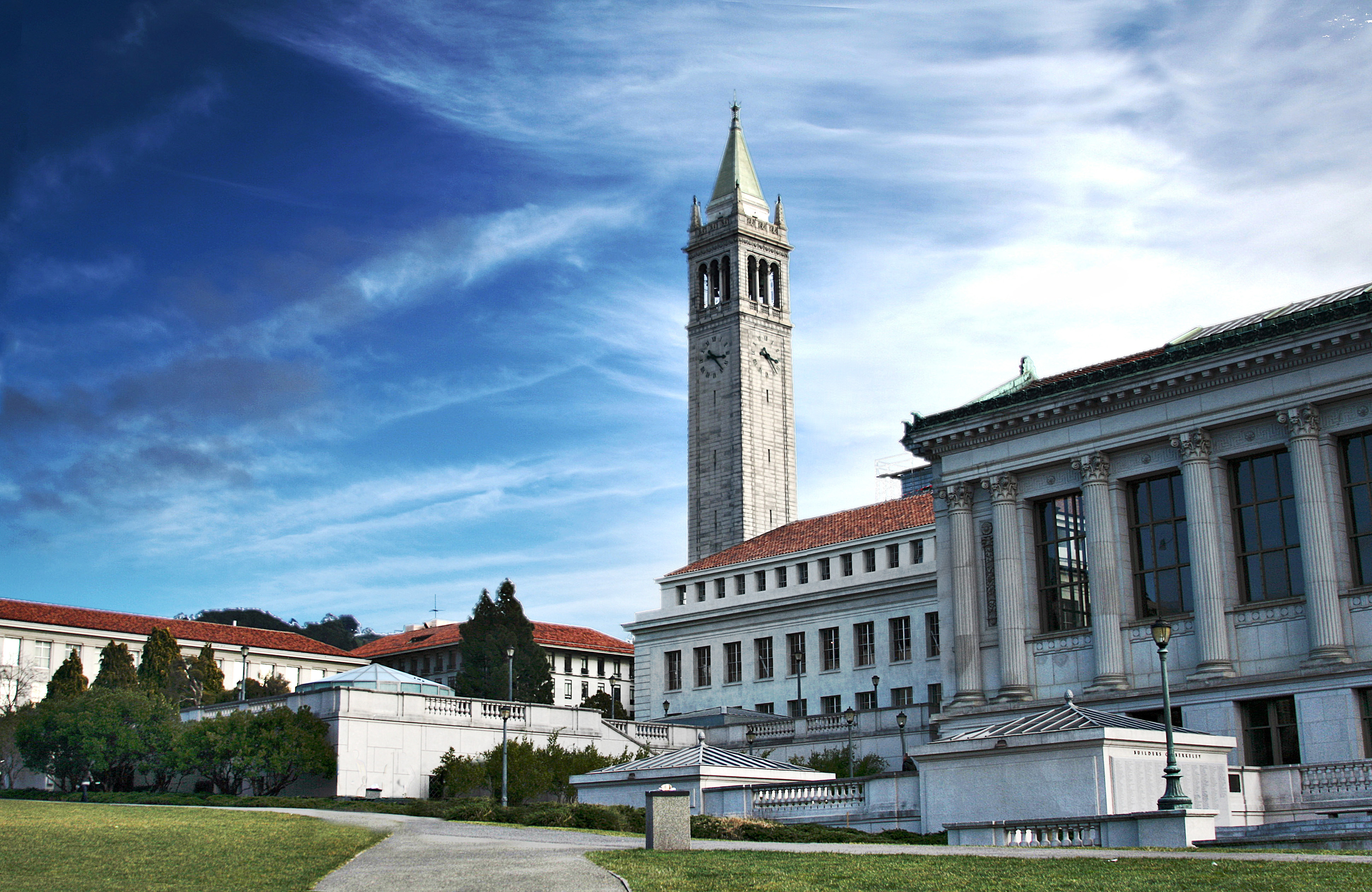(a) Include this statement: “I, Denesh Chandrahasan, affirm that I completed my independent component which represents 30 hours 40 minutes of work.”
(b) Cite your source regarding who or what article or book helped you complete the independent component.
- My most important sources in helping me do this component were:
- Faesi, Chris. "The Race to Detect Gravitational Waves: Pulsar Timing Arrays." Astrobites. Astrobites, 23 Nov. 2012. Web. 17 Apr. 2015.
- Feynman, Richard P. QED: The Strange Theory of Light and Matter. Princeton, NJ: Princeton UP, 1985. Print.
- Vivian, Geoff. "'Listening' to Black Holes Form with Gravity Waves." 'Listening' to Black Holes Form with Gravity Waves. Phys.org, 16 Aug. 2013. Web. 03 Apr. 2015.
The 1st source was very helpful since it introduced the concept of pulsar timing arrays, which led me to studying gravity waves' interference. The 2nd helped me by giving me a strong foundation in how exactly light works in relation to reflection and wavelengths. The last source was the most helpful because it taught me about interference patterns and how black holes can form them.
(c) Update your Independent Component 2 Log (which should be under your Senior Project Hours link)
- Done.
(d) Explain what you completed.
- Essentially I used my homemade interferometer that I had created and assembled from Independent Component 1 to see if gravity waves have interference (which is explained later). Because producing gravitational waves are extremely hard to detect and would require expensive equipment, I used light as a model for gravitational waves. I created a "double-slit" experiment that demonstrated that gravity waves could have constructive interference. (Read my Senior Project hours Log for the details).
INTERPRETIVE
Defend your work and explain its significance to your project and how it demonstrates 30 hours of work. Provide evidence (photos, transcript, art work, videos, etc) of the 30 hours of work.
- The interferometer is extremely significant to my project since it is literally my first answer to my EQ (What is the best solution for detecting gravitational waves?). I put this interferometer into use by trying to demonstrate that gravitational waves could theoretically have interference patterns. Basically, wave interference is the phenomenon that occurs when two waves meet while traveling along the same medium. This is important to my EQ because in order to detect gravitational waves properly, all my answers (interferometers, pulsar timing arrays, and Weber bars) would have to take this into account.
This demonstrates 30 hours of work since I researched the procedure, brought together some parts, studied videos and models online, actually physically built the setup, used my interferometer, then tested it.
Pictures
Waves from my bathtub are best example of interference that I found before this experiment. Notice how the waves form a pattern when they hit each other. This is how I predict gravitational waves would occur too.
This is the completed interferometer that I created from independent component 1, luckily nothing broke yet.
The basic materials from home used to create the slit.
Marking the areas that I was going to cut.
Cut small slits in the card stock.
Covered the slits with aluminum.
I used the laser pointer from my interferometer by detaching it from the apparatus. I then shone the laser into the double slits to see if there was any pattern..
What we see is nothing like passing particles through two slits! We see a clear interference pattern! Also, what we are seeing are the multiple "ripples" of the light wave with clear interference patterns where the "ripples" intersect.
APPLIED
How did the component help you understand the foundation of your topic better? Please include specific examples to illustrate this.
- This independent component helped me understand the mysterious gravitational waves because it illustrated how they would interact with one another when they hit. Since gravitational waves are produced by massive bodies such as black holes, it should be natural for them to collide since they are from different sources. My experiment made me use light (since light is also a type of wave) to replicate gravitational waves. The fact that gravitational waves could interference with one another is crucial to existing detectors.
All my answers are various forms of detection, and they would certainly need to know that gravitational waves collide with one another. This information would allow the detectors to be more precise. The real-life examples that are applicable is LIGO. Currently, the most sensitive interferometer is LIGO – the Laser Interferometer Gravitational Wave Observatory.
Each consists of two light storage arms which are 2 to 4 kilometers in length. These are at 90 degree angles to each other, with the light passing through 1m diameter vacuum tubes running the entire 4 kilometers. A passing gravitational wave will slightly stretch one arm as it shortens the other. This is precisely the motion to which an interferometer is most sensitive.
This component also would support our current model of Physics by proving that gravitational waves can also follow the same behavior as waves (aka light, sound). This is something suggested by Einstein's theory of relativity, but has yet to be proven. Interferometers like I built are simple models of the big ones that can someday detect those waves when 2 black holes collide.










